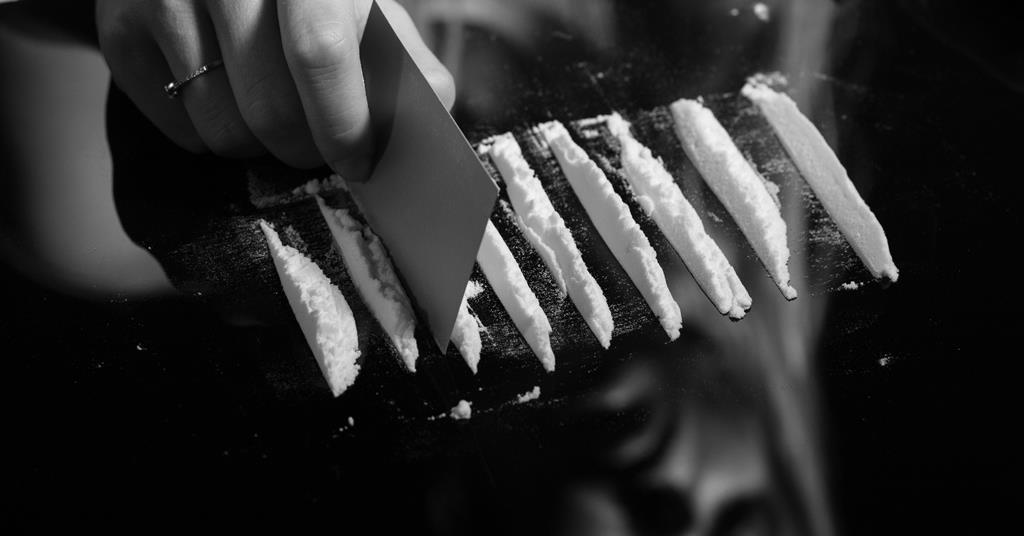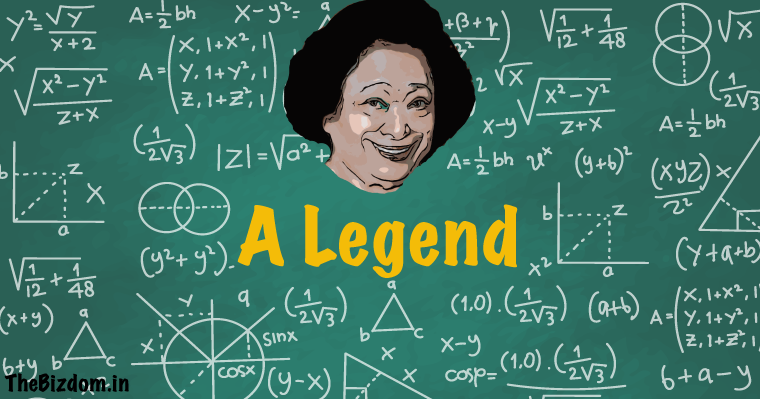1 min to read
Agricultural Subsidies and the Growth of the Drug
From Maize to Haze

The US (and developed nations) has historically subsidized its farmers directly and indirectly through a variety of different methods. The corn market, for example, is highly subsidised. From 1979 to 1992, OECD nations subsidies for maize producers increased from 28% to 38%.
U.S. government policies lead to overproduction and, consequently, lower prices for crops like wheat, corn, and soybeans. By dumping below-cost produce into foreign markets, American agribusinesses are able to push out the farmers of those places.
Haiti is an excellent example of a developing country negatively affected by agricultural subsidies in the developed world. Haiti is a nation with the capacity to produce rice and was at one time self-sufficient in meeting its own needs.
In 1981, the Reagan administration decided on a tough-sounding programme to wipe out the Mexican marijuana crop, which was then the main source of the cannabis smoked in the US. In response, plenty of Colombian cannabis farmers switched to coca cultivation.
Almost simultaneously, the USAID programme of building highways in the interior of Colombia and Bolivia, which was intended to boost legal exports and provide alternatives to drug production, inadvertently made cocaine exporting easier.
In Peru also, due to the US’s subsidy of domestic sugar production, we had lower the global price of sugar, so sugar cultivation became unprofitable. Now, you had Peruvian sugar farmers, desperate for work, moving up the valleys to grow coca.
From 1980 to 1988 in Bolivia, Colombia, and Peru the area dedicated to coca-growing rose from 85,000 hectares (99,000 metric tonnes produced) to 210,000 hectares (227,000 metric tonnes produced). In Mexico, sharp fall in maize prices during the 1990s led to di§erential increases in the cultivation of both marijuana and heroin poppies in more maize-suitable areas.
As rich countries subsidized their farmers, coca farmers prospered. When you subsidize something, you get more of it (and at times it becomes a Cobra effect). But sometimes the story doesn’t end there.



